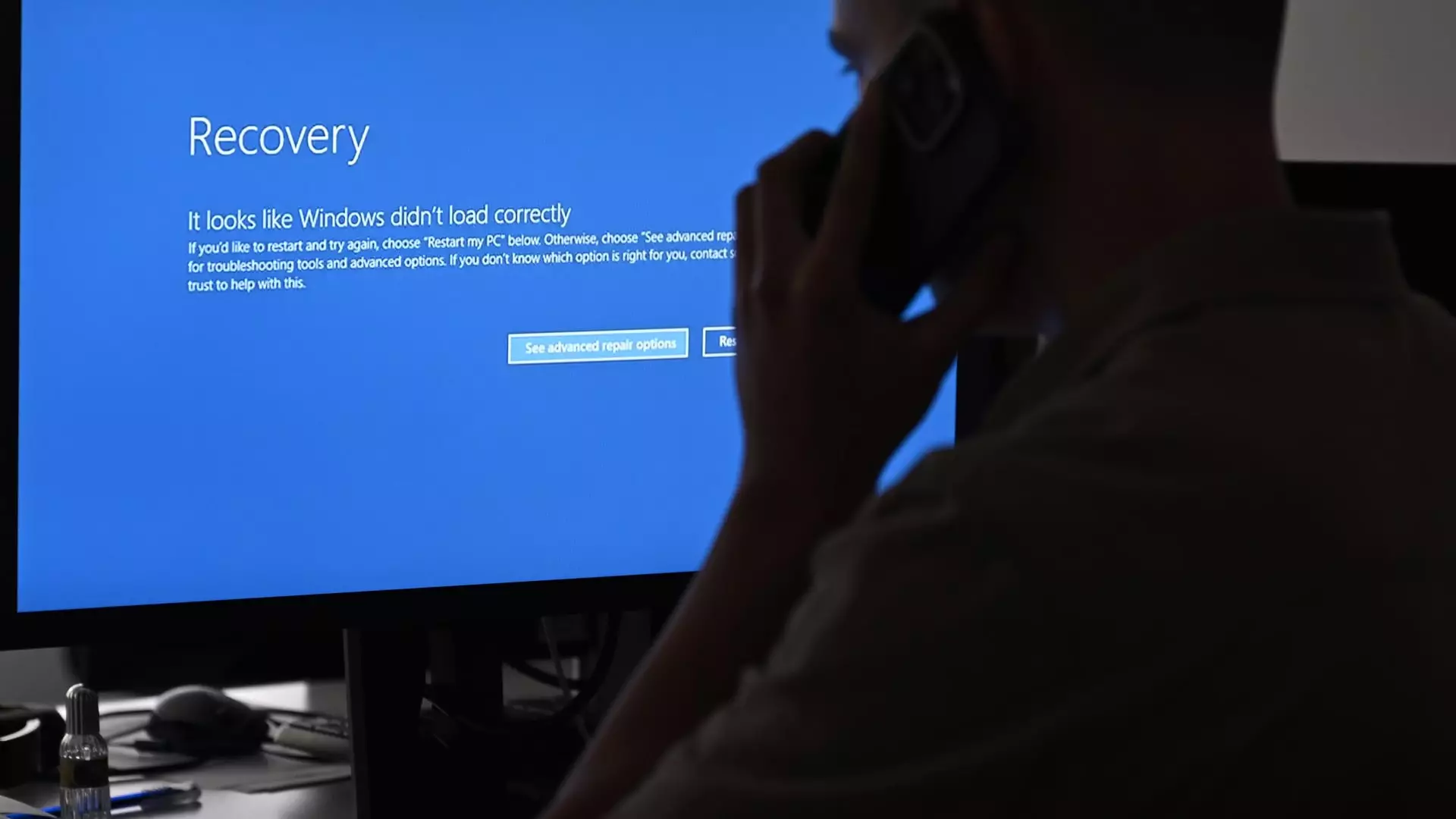On a day when computer screens across the world turned blue, chaos ensued. Flights were grounded, hotel check-ins were impossible, and freight deliveries came to a stand-still. The initial suspicion was a cyberterrorist attack, but the reality was much simpler: a botched software update from the cybersecurity company CrowdStrike.
The domino effect of this single mistake was catastrophic. Businesses were forced to resort to pen and paper, and systems that usually run automatically were now offline. With CrowdStrike having a wide customer base, the impact was felt worldwide. This incident is a clear illustration of how our modern society is intricately linked to IT, affecting everything from coffee shops to hospitals to airports.
The faulty software update was tied to the CrowdStrike Falcon monitoring software, which monitors for malware and malicious behavior on endpoints such as laptops, desktops, and servers. Falcon’s auto-update feature, common in many software applications, backfired due to buggy code being rolled out universally. The fallout was unavoidable, highlighting the importance of thorough testing and quality control in software updates.
One key takeaway from this incident is the necessity of incremental updates. By sending updates to a small group for testing before a global rollout, potential issues can be identified and resolved early on. Building redundancy into systems is another crucial aspect of cybersecurity strategy, as a single-point failure can lead to a widespread technical disaster.
The meltdown caused by the botched software update was a wakeup call for businesses to view cybersecurity not as an expense but as an investment in their future. Cybersecurity tools should not be viewed as optional but as essential components of a company’s operations. By proactively building redundancy and investing in robust cybersecurity measures, organizations can mitigate the risk of similar incidents in the future.
At a macro level, the incident exposed systemic issues within the enterprise IT landscape. Cybersecurity, data security, and tech supply chain integrity are often treated as secondary concerns rather than core priorities. Lack of cybersecurity leadership within organizations exacerbates the problem, leading to vulnerabilities that can have far-reaching consequences.
With an ecosystem filled with third-party vendor products, the challenge is to identify and address vulnerabilities proactively. Kernel-level code, as seen in the botched update, should undergo rigorous scrutiny, highlighting the need for separate approval and implementation processes. Businesses must prioritize backup, redundancy, and investment in cybersecurity to prevent future disruptions.
The fallout from a botched software update serves as a stark reminder of the critical role cybersecurity plays in our modern society. By learning from this incident and implementing robust cybersecurity measures, businesses can safeguard their operations and prevent widespread technical disasters. It is imperative for organizations to prioritize cybersecurity as an essential investment rather than a mere expense, ensuring the resilience and continuity of their operations in an increasingly digital world.


Leave a Reply